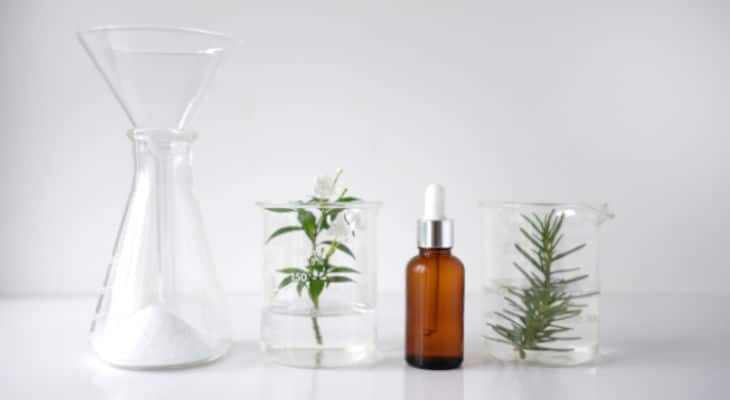Nos solutions
Consultez nos actualités
Salon, conférences & événements
Nos clients témoignent
-
Barbara Acedo, Responsable Hygiène, Centre Hospitalier de Chartres
-
Valentine de Meyrignac, Directrice de L’EHPAD de Soultzmatt
-
Dr Josyane Navarre, Praticien hygiéniste, Centre Hospitalier de Saint Gaudens 31










